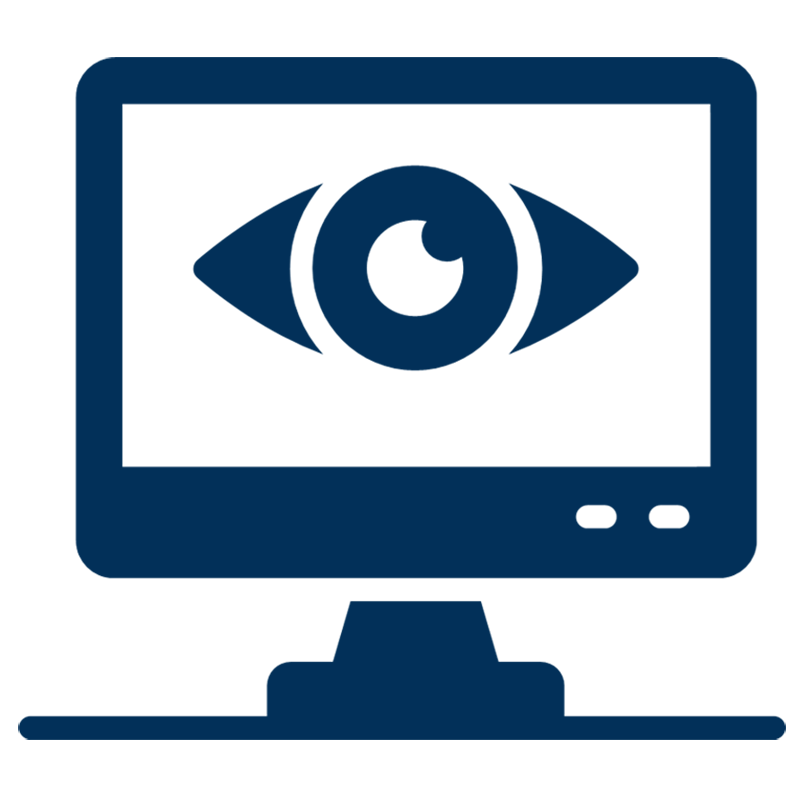Remote Patient Monitoring

Remote patient monitoring solutions enable monitoring of patients outside of conventional clinical settings, such as in the home or at work using sensors installed on the patients body or in their environment. Incorporating remote patient monitoring in chronic-disease management may significantly improve an individual's quality of life, by allowing patients to maintain independence, prevent complications, and minimize inpatient healthcare costs. Remote patient monitoring facilitates these goals by combining telecommunications with sensors and trend analysis of physiological parameters. Early detection of deterioration reduces emergency department visits, hospitalizations, and the duration of hospital stays. Monitoring data can be easily accessed via a smart device.
Improved Patient Care: RPM enables healthcare providers to remotely monitor patients' vital signs, symptoms, and medical conditions in real-time. This allows for early detection of health issues, proactive interventions, and personalized care plans, leading to improved patient outcomes and satisfaction.
Cost Savings: By reducing the need for frequent hospital visits and readmissions, RPM can lower healthcare costs for both patients and providers. It can also help prevent complications, minimize emergency room visits, and optimize resource utilization, resulting in cost savings for healthcare organizations.
Patients: Remote patient monitoring provides patients with greater convenience, flexibility, and autonomy in managing their health. It allows them to monitor their vital signs, track symptoms, and communicate with healthcare providers from the comfort of their homes, reducing the need for frequent clinic visits and enhancing their overall quality of life.
Healthcare Providers: Healthcare providers benefit from remote patient monitoring by gaining access to real-time patient data, facilitating early intervention, and optimizing care delivery. It enables them to remotely monitor patient progress, adjust treatment plans as needed, and prioritize high-risk patients, leading to more efficient and effective healthcare delivery.
Medical Devices and Sensors: Remote patient monitoring relies on a variety of medical devices and sensors to capture patient health data, such as blood pressure monitors, glucose meters, pulse oximeters, and wearable fitness trackers. These devices collect data non-invasively and transmit it wirelessly to remote monitoring platforms.
Telehealth Platforms: Telehealth platforms provide the infrastructure for remote patient monitoring, enabling virtual consultations, video visits, secure messaging, and remote monitoring capabilities. These platforms facilitate communication between patients and healthcare providers, allowing for real-time monitoring and care delivery.
Patient Health Data: Remote patient monitoring systems collect and analyze various types of patient health data, including vital signs, medication adherence, activity levels, and symptoms. This data helps healthcare providers track patient progress, identify potential health issues, and tailor treatment plans to individual needs.
Analytics and Insights: By leveraging advanced analytics and machine learning algorithms, remote patient monitoring systems can generate actionable insights from patient data. These insights enable healthcare providers to identify patterns, predict health outcomes, and make data-driven decisions to improve patient care and outcomes.
Hardware Implementation: Deploying remote patient monitoring systems may require installing medical devices, sensors, wearables, and other monitoring equipment in patients' homes or healthcare facilities. These devices capture patient health data and transmit it securely to remote monitoring platforms for analysis.
Software Integration: Integrating remote patient monitoring software with electronic health record (EHR) systems, telehealth platforms, and other healthcare IT systems ensures seamless data exchange and interoperability. This integration enables healthcare providers to access patient data, review monitoring results, and communicate with patients remotely.


